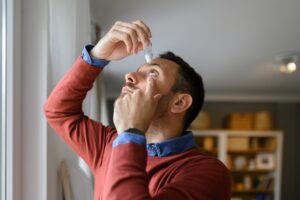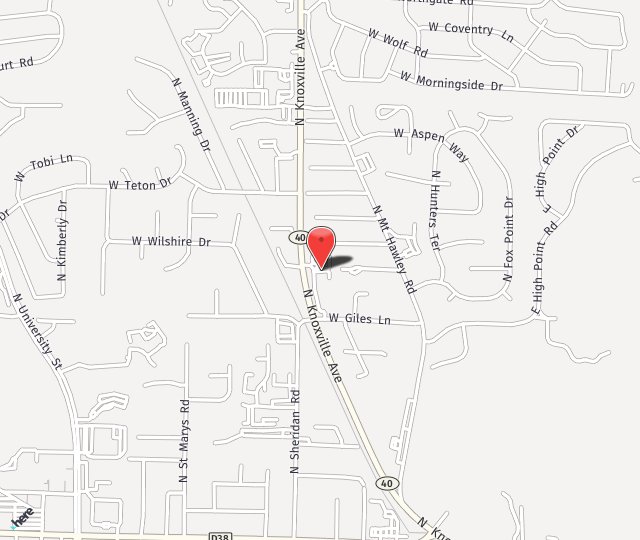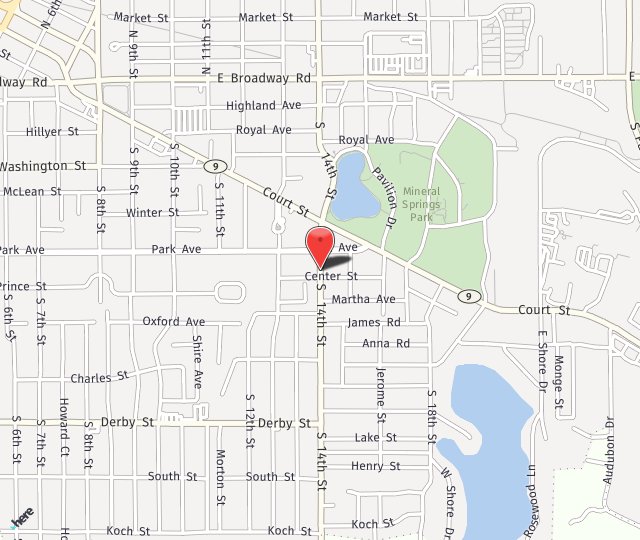 As we step into July, it’s essential to spotlight a prevalent yet often overlooked eye condition: dry eye. July is Dry Eye Awareness Month, a period dedicated to educating the public about dry eye disease (DED), its causes, symptoms, and the latest advancements in treatments. Here’s a closer look at why raising awareness about this condition is vital and how you can manage or prevent dry eye symptoms.
As we step into July, it’s essential to spotlight a prevalent yet often overlooked eye condition: dry eye. July is Dry Eye Awareness Month, a period dedicated to educating the public about dry eye disease (DED), its causes, symptoms, and the latest advancements in treatments. Here’s a closer look at why raising awareness about this condition is vital and how you can manage or prevent dry eye symptoms.
Understanding Dry Eye Disease
Dry eye disease occurs when the eyes do not produce enough tears or produce poor-quality tears that evaporate too quickly. This leads to inflammation and damage to the eye’s surface, causing discomfort and potentially more severe complications if left untreated. Common symptoms include:
- Burning or stinging sensation
- Sensitivity to light
- Redness in the eyes
- Blurred vision
- Feeling like there is something in your eye
According to the National Institutes of Health (NIH), dry eye affects millions of Americans, particularly those over the age of 50. Women are more likely to experience dry eye than men, often due to hormonal changes associated with menopause .
Causes of Dry Eye
Dry eye can be triggered by various factors, including:
- Aging: Tear production tends to decrease with age.
- Gender: Women are more susceptible due to hormonal changes.
- Medications: Certain drugs, like antihistamines and antidepressants, can reduce tear production.
- Medical conditions: Diseases such as diabetes, rheumatoid arthritis, and thyroid disorders are linked to dry eye.
- Environmental factors: Exposure to wind, smoke, or dry air can increase tear evaporation.
- Screen time: Prolonged use of digital devices can reduce blink rate, leading to quicker tear evaporation.
Understanding these causes is crucial for both prevention and management. During Dry Eye Awareness Month, it’s important to evaluate how these factors may impact your eye health and take proactive steps to mitigate them .
Latest Treatments and Innovations
The field of optometry is continually evolving, with new treatments and therapies emerging to alleviate the symptoms of dry eye disease. Here are some of the latest advancements:
- Prescription Eye Drops: Beyond over-the-counter options, prescription eye drops can target inflammation and improve tear production.
- Lipid-Based Treatments: These help stabilize the tear film and reduce evaporation.
- Punctal Plugs: These tiny devices can be inserted into tear ducts to block drainage, allowing more tears to remain on the eye’s surface.
- Light Therapy: Intense pulsed light (IPL) therapy can treat underlying issues that contribute to dry eye.
- Lid Hygiene Products: Specialized cleansers and wipes can help manage conditions like blepharitis, which often coexists with dry eye .
Tips for Managing Dry Eye
While it’s essential to seek professional care for dry eye symptoms, there are everyday strategies that can help manage and prevent discomfort:
- Stay Hydrated: Drink plenty of water to support tear production.
- Blink More Frequently: Especially when using screens, consciously blink to keep your eyes moist.
- Use a Humidifier: Adding moisture to the air can prevent your eyes from drying out.
- Wear Protective Eyewear: Sunglasses and goggles can shield your eyes from wind and dry air.
- Follow the 20-20-20 Rule: Every 20 minutes, take a 20-second break and look at something 20 feet away to reduce eye strain.
The Importance of Regular Eye Exams
Regular visits to your optometrist are crucial for maintaining eye health and catching conditions like dry eye early. During Dry Eye Awareness Month, make it a priority to schedule an eye exam, especially if you’ve been experiencing any symptoms of dry eye.
Many people suffer in silence, as this is an under-diagnosed and under-managed condition, unaware that their discomfort is due to dry eye, which can be effectively managed with the right care and treatment.
Take Action Now
Don’t let dry eye go untreated. Your optometrist can provide personalized recommendations and treatments to help keep your eyes healthy and comfortable. By understanding the causes, symptoms, and latest treatments for dry eye, you can take proactive steps to protect your vision and enhance your quality of life.
Make the Call
For more information on dry eye and to schedule an eye exam, contact our clinic today. Together, we can ensure your eyes remain healthy and comfortable all year round. Dry Eye Awareness Month is more than just a time to highlight a common eye condition—it’s a reminder to prioritize your eye health. Don’t delay; call us now to book your dry eye evaluation.


